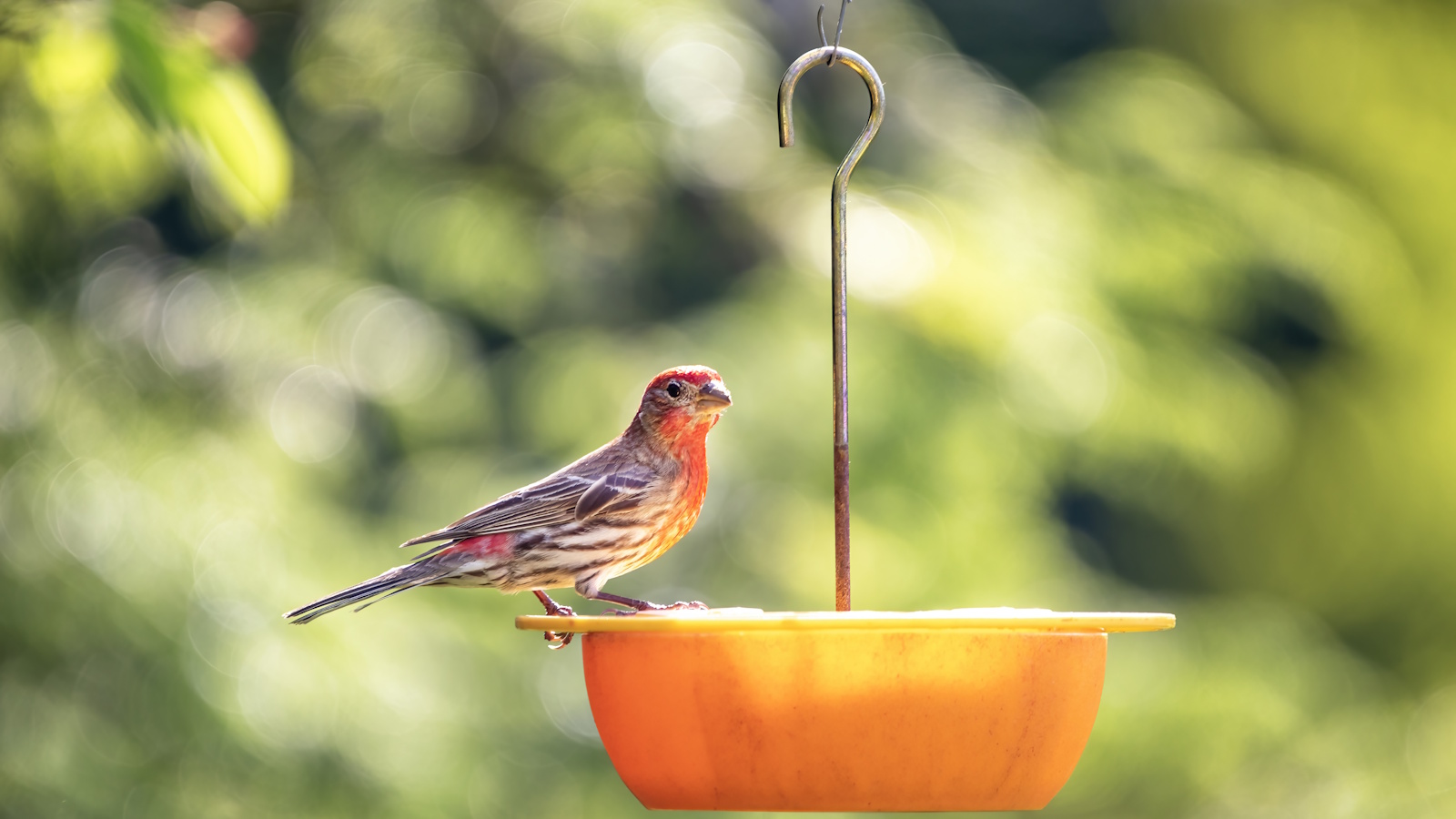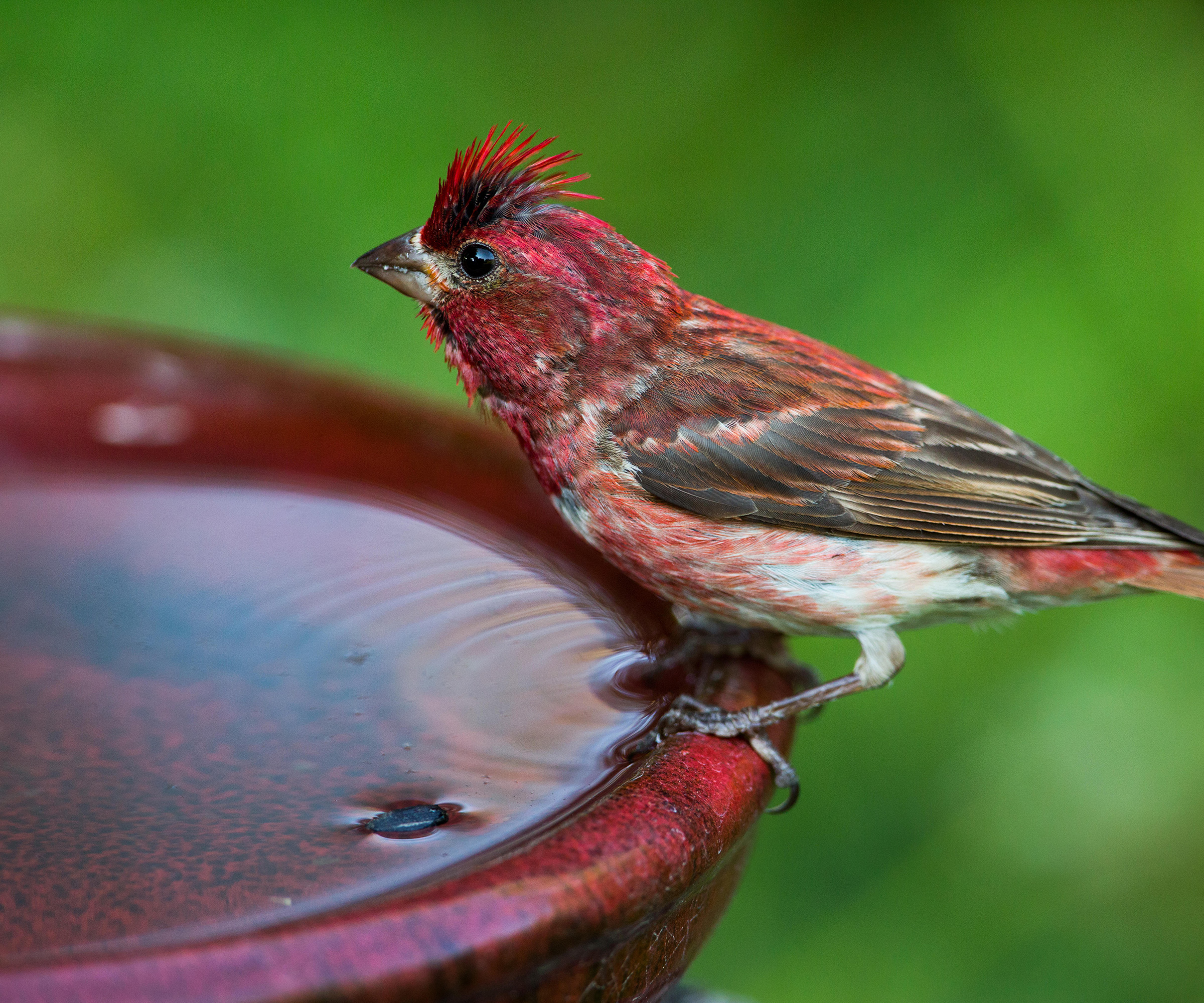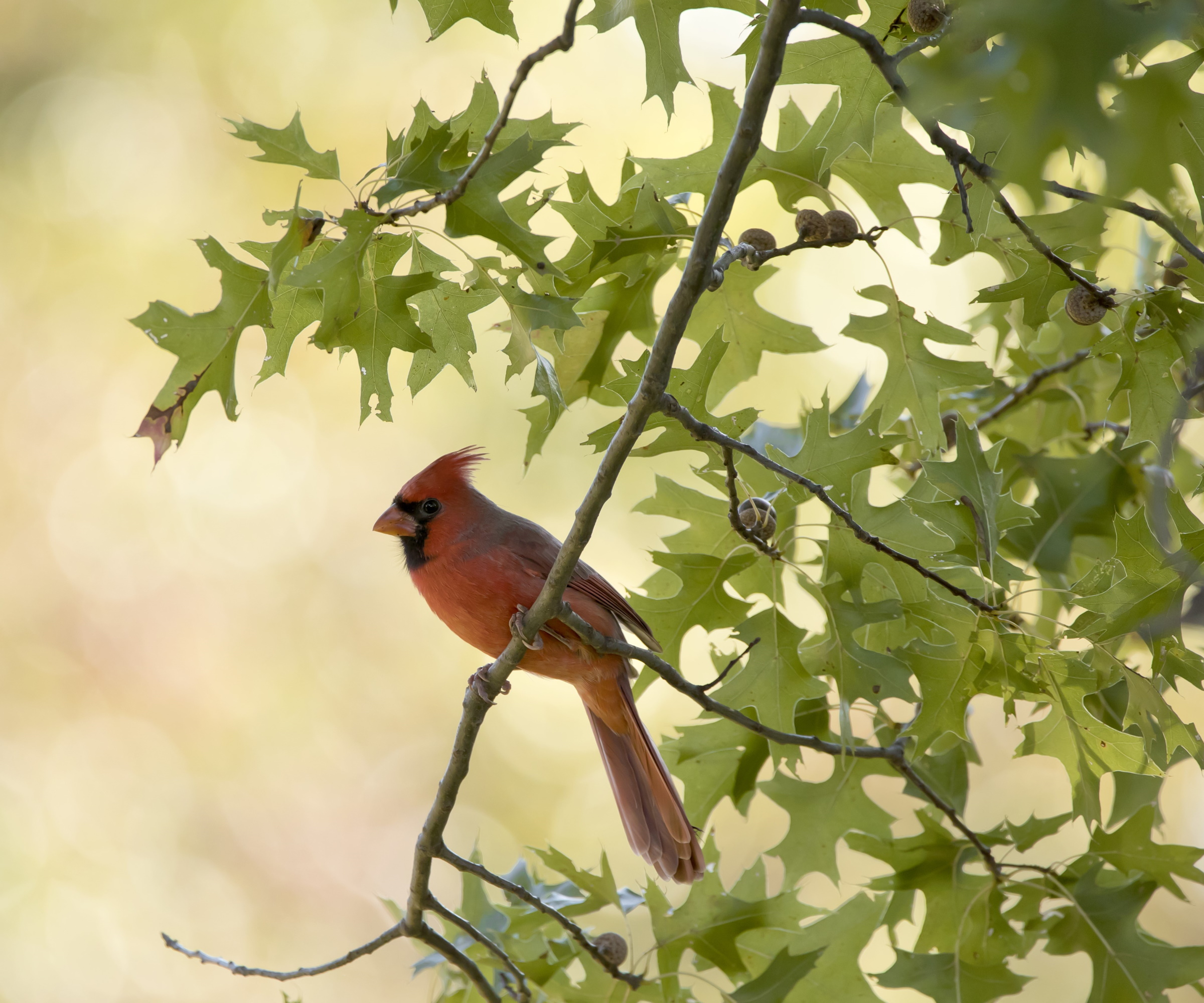
Bird feeders are an easy way to support and attract wildlife to your garden, offering seeds, nuts and fruit to songbirds throughout the year. As you might have seen on the news, however, with the ongoing outbreak of avian influenza - or bird flu - feeding stations can pose a health risk.
The current outbreak of bird flu began in 2022 and has affected domestic poultry, including chickens and turkeys, waterfowl, including ducks and swans, as well as other species of birds and mammals. Bird flu is not confined to one continent or country, largely because birds can move and migrate. To date, bird flu has been reported in 108 countries across five continents, including North and South America, Europe and Asia. Taking sensible and precautionary steps, therefore, is important.
Bird feeders encourage large numbers of different birds to congregate and thus can become hotspots for transmission and infection. While we might want to feed songbirds, sadly, in some instances this is ill-advised. So, if you are wondering should I take my bird feeder down during the avian flu outbreak, we have got all the information you need to know, including expert advice on the infected bird feeder signs to watch out for.

Should I take my bird feeder down during the avian flu outbreak?
As a former professional gardener and keen birdwatcher, I know how rewarding it is to support local wildlife. After all, what could be better than spying on a cardinal or finch at the feeding station? However, sometimes we must be cruel to be kind, and encouraging birds to gather at feeders and watering holes would be a wildlife garden mistake at a time when avian flu is on the rise. Here, we reveal when you should remove your feeder, and the steps you can take to protect wildlife in your yard.

The decision to take down your feeder depends on local factors in your area. If there is an outbreak in your state, local government or wildlife agencies may recommend temporarily removing feeders as a precautionary measure to prevent the spread of the virus. For updates, consult the US Department of Agriculture website.
In Texas, for example, the Parks and Wildlife Department has asked communities to help slow the spread of bird flu by removing bird feeders and baths to limit congregation points. So, while you might enjoy feeding birds in winter or want to boost biodiversity, discouraging behaviors that invite wild birds to collect or gather is important.
If, unfortunately, you find sick or dead birds in your yard, do not touch them. Keep pets and children out of the yard, and report this sighting to your local government agency.
Finally, if there is no recommendation to remove bird feeders or baths in your state, you can continue using them in your yard, but following strict hygiene protocols is necessary.
Can avian flu spread via bird feeders?

As of January 2025, the US Centers for Disease Control and Prevention (CDC) advise that this is a multi-state outbreak, with bird flu cases reported across North America, from Delaware to California and all states in between. So, regardless of where you live, the climate, or your US hardiness zone, the contagion of bird flu is something for gardeners to consider.
Bird flu is primarily transmitted through contact with infected birds or from contaminated substances and surfaces. Feeding stations and bird baths, therefore, can spread the virus, whether from direct contact or salvia and droppings left behind by infected birds.
To date, the CDC has reported that over 136 million poultry have been affected in the US, whereas only 10,969 wild birds have been detected as having the virus. This figure may be significantly higher, as it is far more challenging to test wild birds. Currently, the transmission to songbirds in domestic settings has been low, but vigilance and taking precautionary steps are best advised, particularly if you keep poultry or have multiple bird feeders or bird baths in your yard.
Simple steps to keep birds safe

'During an outbreak of bird flu, it is best to apply extra vigilance and precautions to sanitize your bird setup,' says Reese Robbins, garden expert and creator of Just Pure Gardening.
'While you might think you are helping to nourish your feathered friends, feeders can spread disease if they’re not kept clean,' Reese adds, 'and there are a few warning signs to look out for.
'If you see birds acting strangely or moving slowly, or even deceased birds on the ground, this is a red flag,' Reese says. 'In this instance, keep out of your yard and contact your wildlife agency.'
It will vary from state to state, but if you are able to leave your feeder up, thorough and regular cleaning is essential. Scrub feeders and birdbaths weekly with an eco-friendly product tailored to the job, such as this bird feeder cleaner, available from Amazon. For smaller ports that are hard to clean, use these bird feeder cleaning brushes, also available from Amazon, that will easily disinfect your accessories.
'If you have multiple feeders, perches or baths, it is best to keep them far apart to discourage gathering and congregation,' Reese advises. By taking precautions, you can continue to champion wildlife garden ideas while minimizing the risk of spreading bird flu in your garden. And, finally, it goes without saying, but always sanitize your hands with warm, soapy water after working in the yard.
This bird feeder cleaning product helps prevent the spread of bacteria and germs to wild birds, including avian flu. Regularly cleaning surfaces can prevent contagion.
FAQs
Can humans catch bird flu?
Bird flu can spread to humans, but this is rare. Most cases result from direct contact with infected birds or contaminated surfaces, which is most common for employees in the poultry or agriculture sector. However, to minimize risk, always wear disposable gloves and wash your hands thoroughly after touching any feeders, baths or bird boxes in the yard. Disposable gloves are available from Walmart.
Whatever the state of play in your region, regular maintenance of feeders, bird boxes and bird baths is recommended. While you might see recommendations online to use household cleaning products, this can be dangerous for birds if you fail to wash and rinse chemicals properly. To be sure, always seek out the right product for the job, such as this bird bath cleaner, available from Amazon. For more information, see our guide on how to clean a bird bath.







